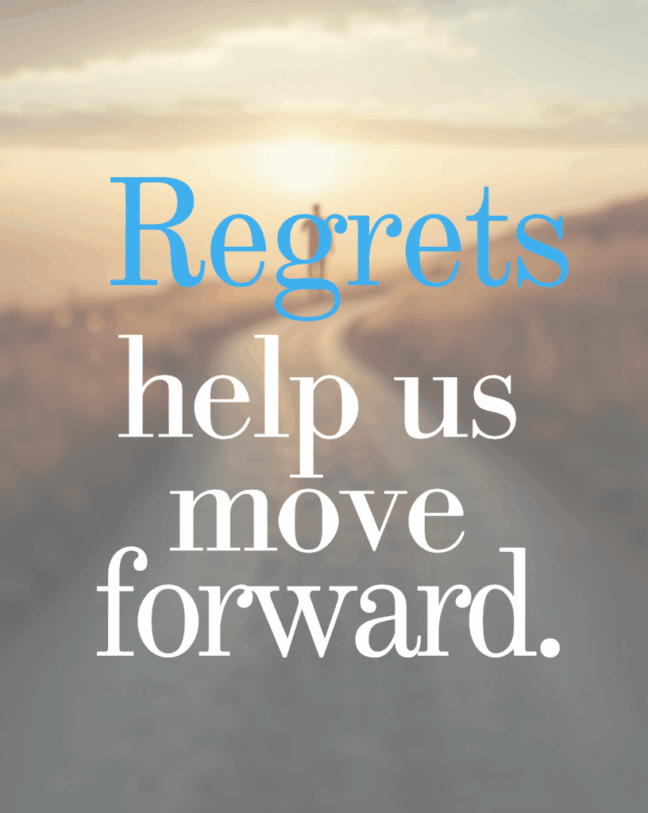The Power of Regret: How Looking Backward Moves Us Forward by Daniel H. Pink was an unexpected reading surprise for propelling language learning and, why not? language teaching.
The book explains the four types of regret, which in a nut bolt could be summarized as follows,
- Foundation Regrets – not fulfilling your basic responsibilities
- Boldness Regrets – not taking those rare opportunities in life
- Moral Regrets – not acting ethically
- Connection Regrets – not acting on keeping connections or relationships
How do these types of regrets connect to language teaching and learning?
Let’s talk about engagement first:
In a language class students need to be engaged in all the following four dimensions for advancing language acquisition,
- Behavioral: putting time and effort in learning
- Cognitive: being attentive and reflecting on their learning
- Affective: lowering the affective filter so students are able to ‘be present’ and learn
- Social: interacting and collaborating with others
Learning a language is a dynamic process where students actively engage in the four dimensions mentioned above.
If students are not engaged, they might feel disappointed for not meeting the obligations in class or they may regret not acting ethically in class. They may also miss opportunities of acquiring a language, which they may regret later in life.
How can we help students avoid regret later in life about learning a language?
We do a lot in class to help students acquire a language. We may want to consider teaching about regrets as well, moving forward. Why? To help students make better decisions now that they will not regret in the future. I have heard multiple times from students’ parents that they regret not being able to speak another language for a myriad of reasons. One of the most common ones reported relates to the fact of not taking the risk of speaking the language in class.
What can be done in a language class?
Below are some examples of what can be done in class without reinventing your curriculum. It is simply adding thoughtful ways to using reflection on regrets as feedback.
- Teach the emotion of regret. Regret is an emotion. It involves feelings, such as disappointment or sadness of missed opportunities for making decisions that now we wish had been different. Instead of treating this emotion as a negative one, we should see it as a wake up call for personal growth and future decision making
- Have students reflect on missing obligations to achieve a balance between dreams and duties through the fable The Grasshopper and the Ant, Encourage students to push themselves out of their comfort zone to speak more in class.
- Plan different groupings for students to practice and feel more comfortable with the content. I usually tell my students to think of those practices as assessments and then, think of the real assessments as one more practice. It works!
- Have students reflect on the ‘At leasts’ and ‘If onlys’ that happen in class. This will allow students to reflect and to take action to move forward in their academic progress.
- Depending on the age of your students, provide opportunities for
- Self-disclosure – let it out – talk or write about regrets
- Self-compassion – treat yourself with kindness – we all make mistakes
- Self-distancing – reflect on the regret from a third-person point of view
- Use storytelling in class, depending on students’ age, as it provides an opportunity to imagine different endings
- to an action or an inaction,
- to doing something wrong, or
- to answer the question ‘what now?’
Students will really appreciate the tools you provide them with for personal growth and future decision making.
Regrets move us forward
Regrets can get in the way of learning a language or they can be used to help students move forward in their learning. The idea is that students make better decisions now so that in the future they will not regret not having acquired a language. Looking backwards really moves us forward.
